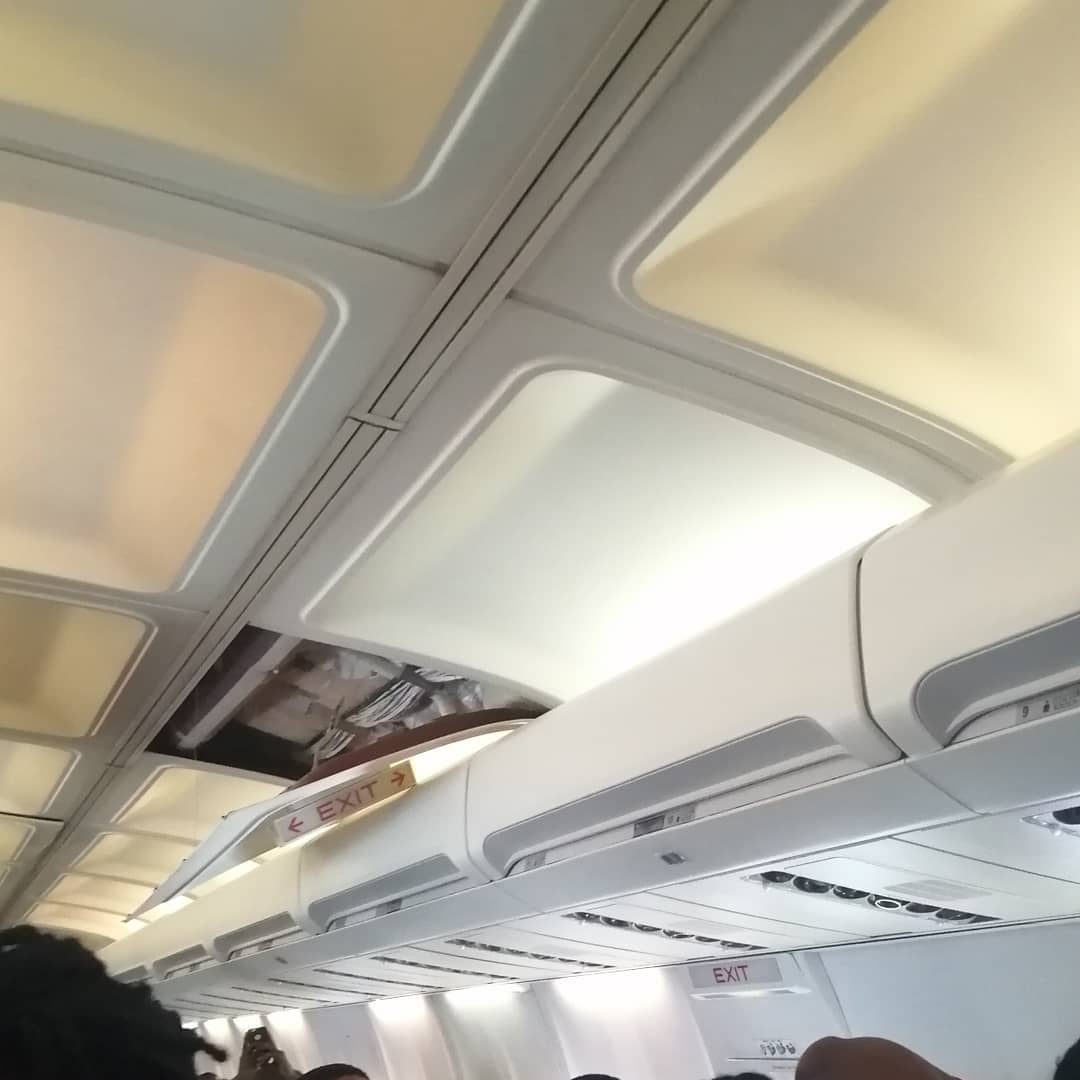Investigators have recovered the cockpit voice recorder from the wreckage of the Air India flight that crashed last Thursday, marking a major milestone in efforts to determine the cause of the disaster, which claimed at least 270 lives.
The Boeing 787-8 Dreamliner, bound for London, had departed from Ahmedabad in western India but crashed shortly after takeoff.
The majority of those who perished were passengers aboard the aircraft.
The CVR, which captures audio inside the cockpit—including pilot conversations, warning alarms, and background noises—is vital in piecing together the sequence of events leading up to the crash.
It will now be analyzed alongside the flight data recorder, which was retrieved a day after the incident.
The FDR stores essential flight metrics, such as altitude, speed, and engine performance.
Both the CVR and FDR—commonly referred to as an aircraft’s “black boxes”—are essential tools in crash investigations, despite being bright orange with reflective markings to aid recovery. These devices are designed to withstand the extreme conditions of aviation disasters and are critical in reconstructing the final moments before a crash.
India’s Aircraft Accident Investigation Bureau is leading the probe into the tragedy, with support from aviation experts from the United States and the United Kingdom.
A team from the U.S. National Transportation Safety Board visited the crash site on Sunday as part of an international investigative protocol.
“The AAIB has launched a detailed investigation, and the US National Transportation Safety Board (NTSB) is conducting a parallel probe under international protocols, since the aircraft is American-made,” a statement released on Sunday read.
Reports from Indian media indicate that representatives from Boeing and the U.S. Federal Aviation Administration have also surveyed the crash site.
Meanwhile, a high-level committee appointed by the Indian government is scheduled to hold its first meeting on Monday. The panel will examine the deeper causes of the crash and is expected to submit an interim report within three months. According to All India Radio, the committee will also recommend revised standard operating procedures to help prevent similar incidents in the future.
As investigations move forward, grief continues to weigh heavily on the families of victims. The aircraft, designated as Flight AI171, crashed into a residential complex for doctors at the BJ Medical College and Civil Hospital campus shortly after takeoff from Ahmedabad’s Sardar Vallabhbhai Patel International Airport.
Of the 242 people onboard, only one survived. Authorities are still working to determine the number of casualties on the ground and are progressing slowly through the painstaking process of identifying the dead using DNA testing.
By Monday, officials had recovered 270 bodies, according to Dr. Rajnish Patel of Ahmedabad’s Civil Hospital. “More than 90 victims have been identified through DNA matching,” he said. “47 of the identified bodies have been sent to their families.”
Among the victims is former Gujarat Chief Minister Vijay Rupani, whose funeral with full state honors is scheduled to take place in Rajkot on Monday. Rupani was a prominent political leader with a career spanning five decades.
Many families remain in limbo, waiting for confirmation and the return of their loved ones’ remains. Due to the severe impact and fire from the crash, some bodies are badly burned, requiring forensic identification in stages.
The slow pace has added to the emotional strain on families. Mistry Jignesh, waiting outside the hospital for updates on his missing niece, voiced his distress to the BBC. “When people are still missing, how can they complete the DNA process by tomorrow? What if my niece’s remains haven’t even been found? The wait is killing us,” he said.
He added that authorities initially promised to return the body within 72 hours. “They told me it might take longer for them to hand over his niece’s remains as the search for bodies is still ongoing,” he said on Saturday.











